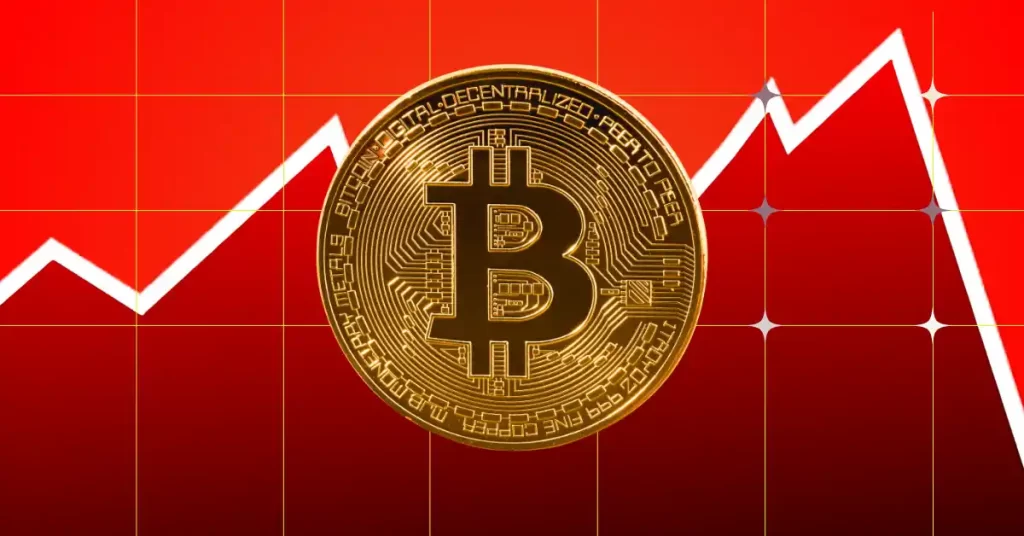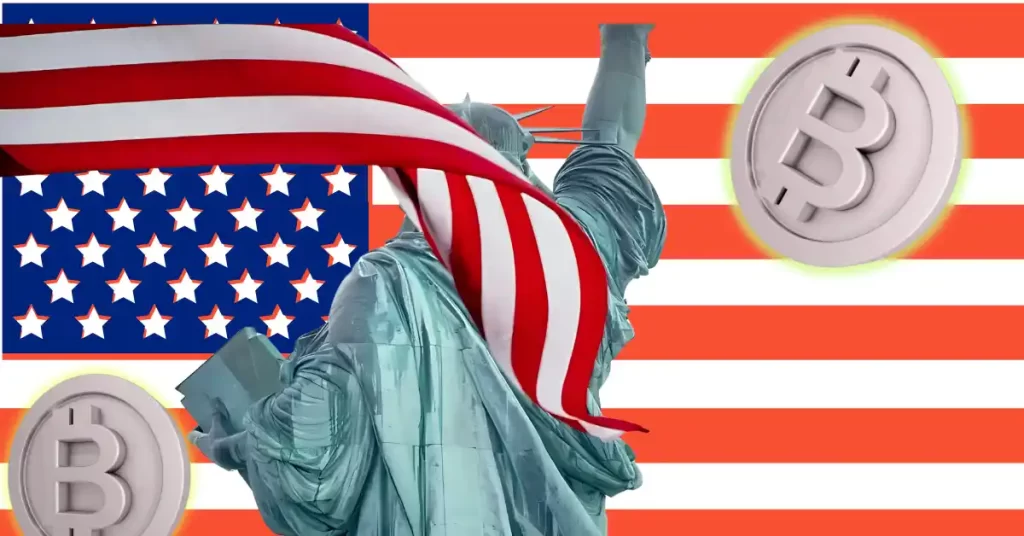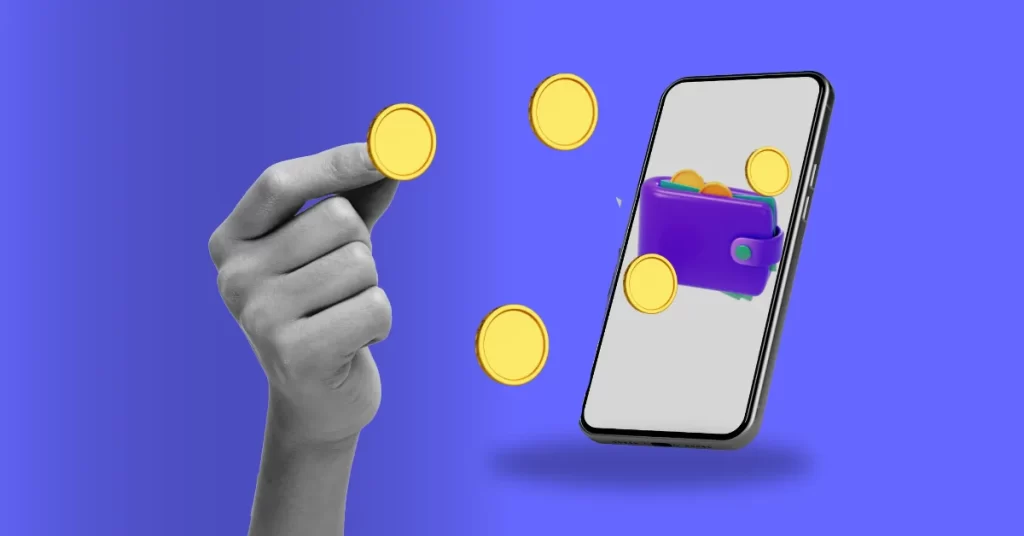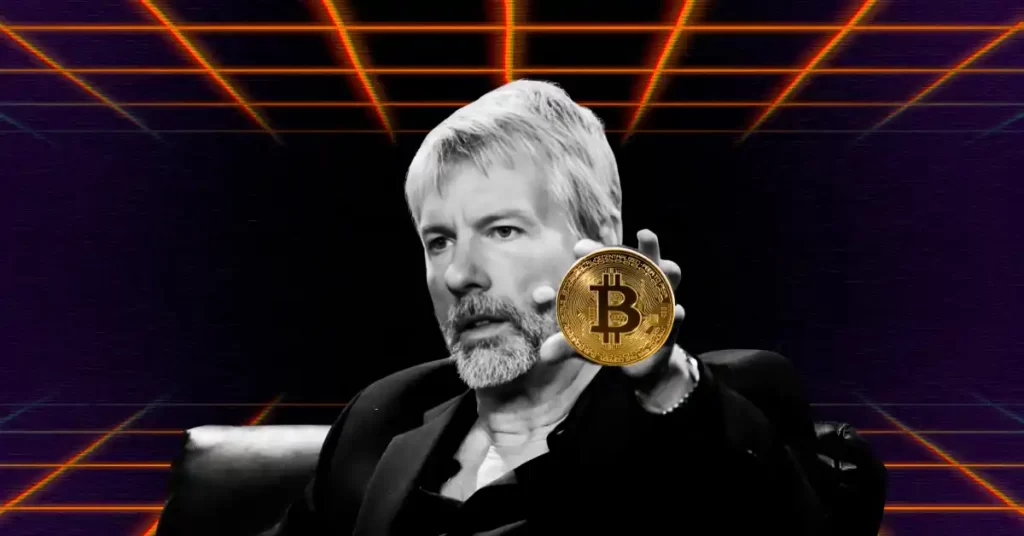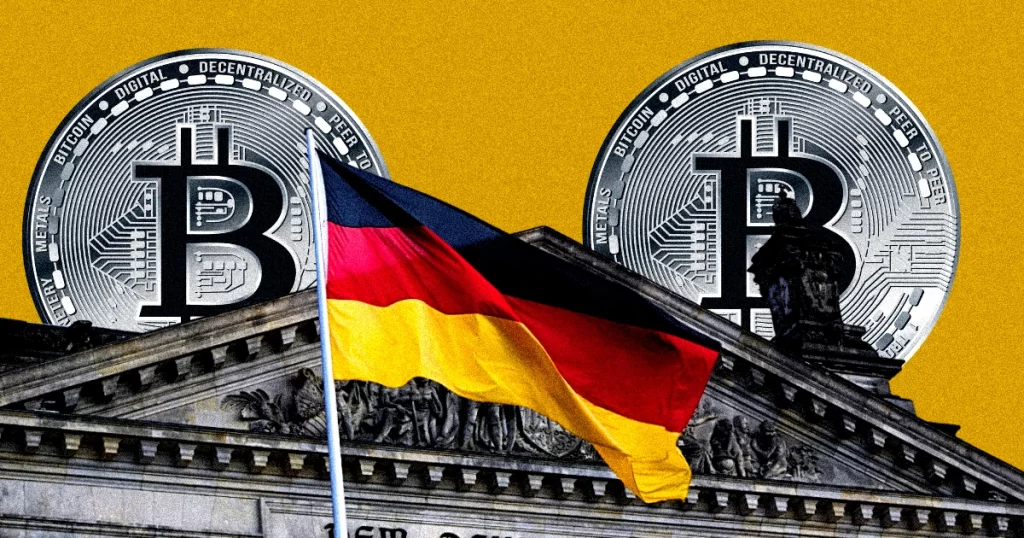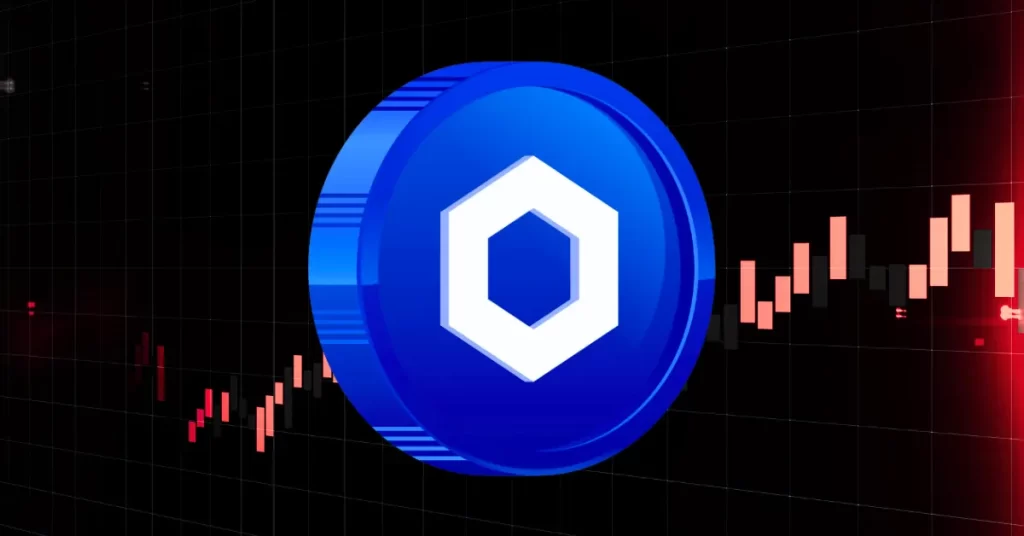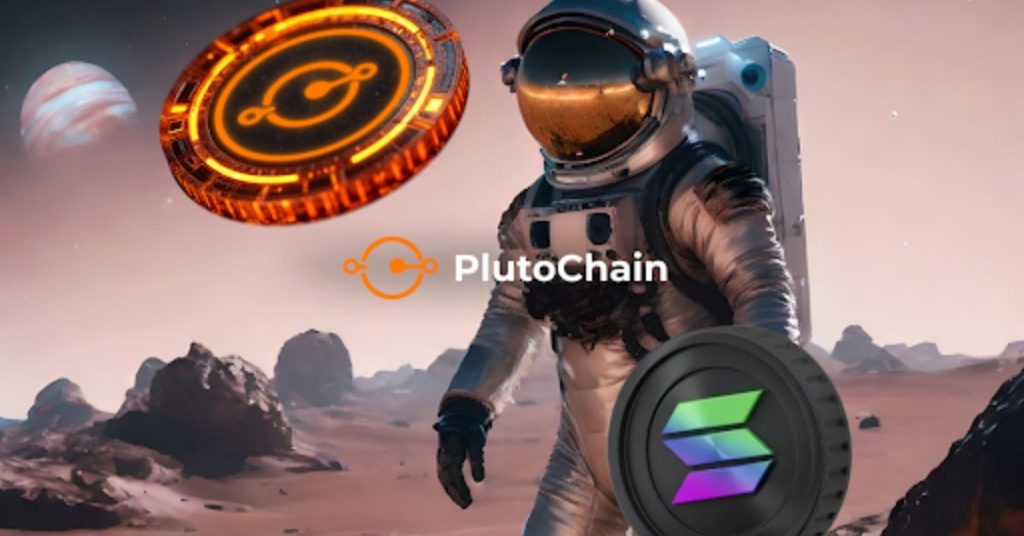What Is The Polkadot Treasury?
The Polkadot Treasury is a pot of funds collected via transaction fees, block production rewards, slashing, and staking inefficiencies. These funds are held in a system account accessible only by the system internal logic.
The Polkadot Treasury
Polkadot’s on-chain Treasury has the potential to revolutionize how individuals do business and collaborate over shared goals. It brings the financial agency once solely reserved for governments and corporations to a decentralized peer-to-peer network. The Treasury can be used to fund any project or activity that benefits the Polkadot ecosystem. These include cross-chain application development, infrastructure development and continued operation, ecosystem provisions, marketing activities, software development, research, community events and outreach, and network security operations.
How Are Treasury Inflows Determined?
Several mechanisms determine token deposits into the Treasury.
-
Slashes – When validators or nominators are slashed on Polkadot, a small portion of the slashed tokens is redirected to the Treasury. Slashes are infrequent events in the Polkadot ecosystem.
-
Transfers – Funds can also be directly sent to the Treasury. However, like slashes, this is also a rare event and generally occurs because grantees reimburse some of the tokens allocated to them. The reasons behind the reimbursement could vary.
-
Transaction Fees – 80% of the transaction fees of each submitted extrinsic are redirected to the Treasury, while the remaining 20% is given to block producers.
-
Staking Inefficiencies – The Polkadot network uses a parameter called the ideal staking rate. Every time the actual staking rate is not equal to the ideal staking rate, the APY for stakers decreases. To keep the inflation rate constant at 10%, a share of the overall reward for stakers is diverted to the Treasury.
How Are Treasury Outflows Determined?
Outflows from the Treasury are determined using the following mechanisms.
-
Burned tokens – At the end of every spend period, 1% of the available tokens are burned.
-
Tips – Smaller payouts to grantees. This generally happens within a spend period.
-
Treasury Proposals and Bounties – Treasury proposals and bounties account for the largest share of outflows and must be approved via governance. Once approved, payouts can occur at the end of a spending period.
Submitting A Treasury Proposal
Let’s look at how to submit a proposal. Proposers can put together a project plan and budget. They can then garner feedback from the Polkadot community. If community feedback is positive, they can submit a proposal as an on-chain referendum. The steps below outline how to submit a Treasury proposal.
-
Begin The Conversation – Ask the community for feedback regarding your proposal idea.
-
Draft The Proposal – The next step is to draft your proposal. Your proposal must have a clear goal or address a specific problem. It should also explain how it would reach its goal and whether it would require ongoing maintenance. To simplify things, itemize the tasks that must be completed so that fees can be evaluated and important milestones followed.
-
Revise Proposal – Revise your proposal based on the feedback received from the Polkadot community.
-
Submit Proposal – If your proposal receives positive feedback from the community, you can submit it on-chain as an OpenGov referendum.
You can also submit other types of proposals, such as bounty proposals and tips.
Sub-Treasuries
The Polkadot Treasury currently operates on a single account on-chain. Funds in the Treasury are managed by six Treasury tracks: Treasurer, Big Spender, Medium Spender, Small Spender, Big Tipper, and Small Tipper. Sub-Treasuries allow having Treasury accounts that correspond to each collective a possibility. This means the Polkadot Treasury can allocate funds to a sub-Treasury, allowing the respective collective to spend the funds according to their specific rule set.
Funded Projects
Some of the projects funded by the Treasury are P2P hosting network by DatDot, Go Substrate RPC Client by Centrifuge, Node Infrastructure by OnFinality, Node infrastructure by Pinknode, Substrate explorer by Polkastats, and many more. The full list of funded projects is available on the Polkadot website.
Disclaimer: This article is provided for informational purposes only. It is not offered or intended to be used as legal, tax, investment, financial, or other advice.
